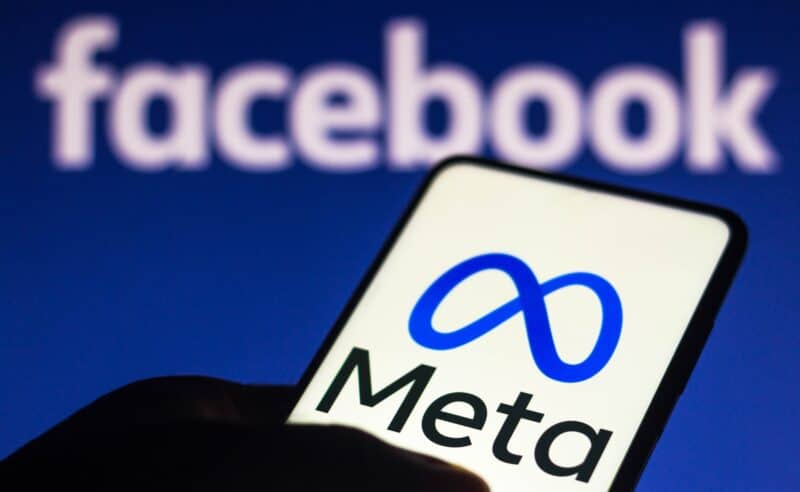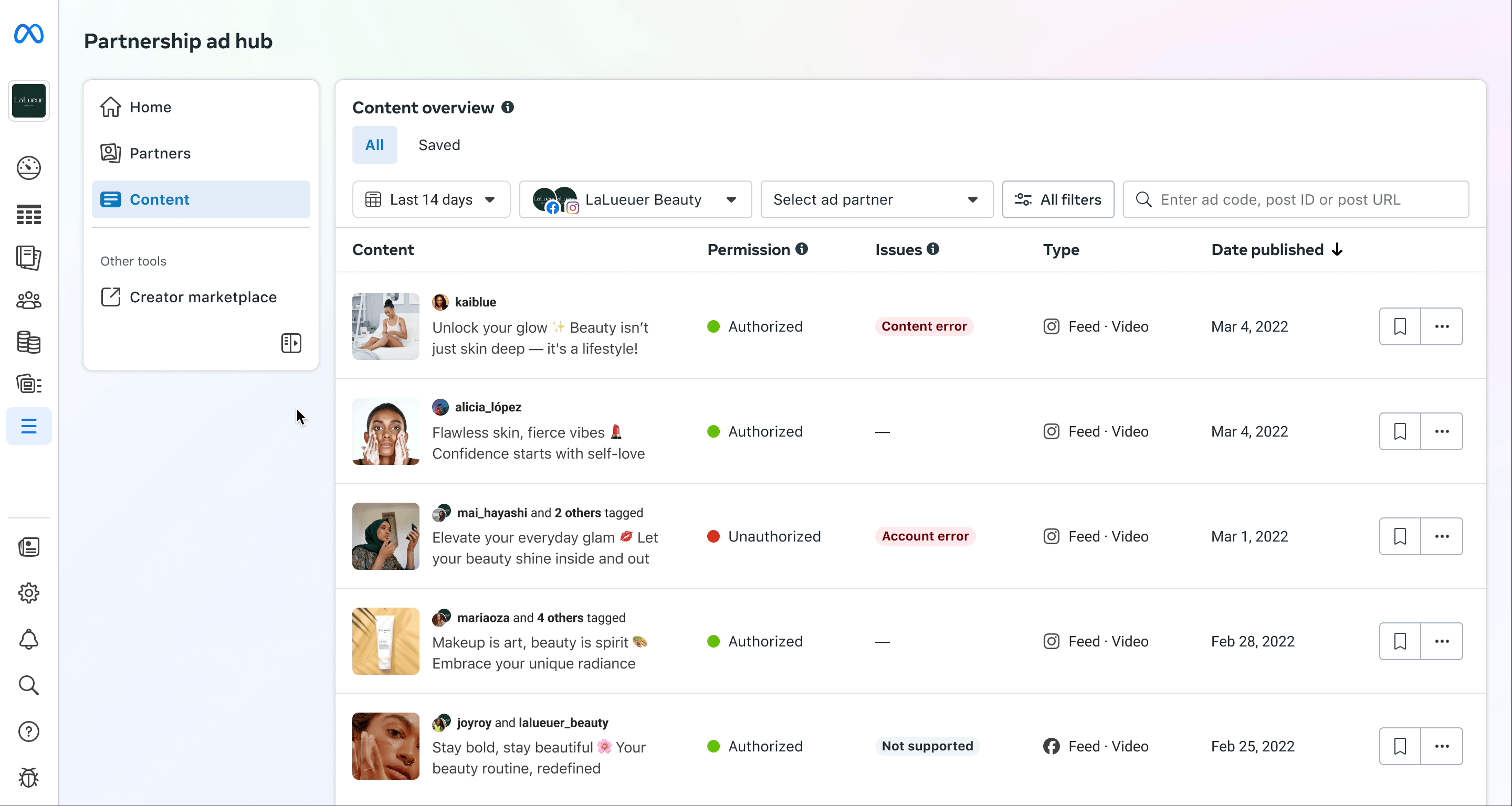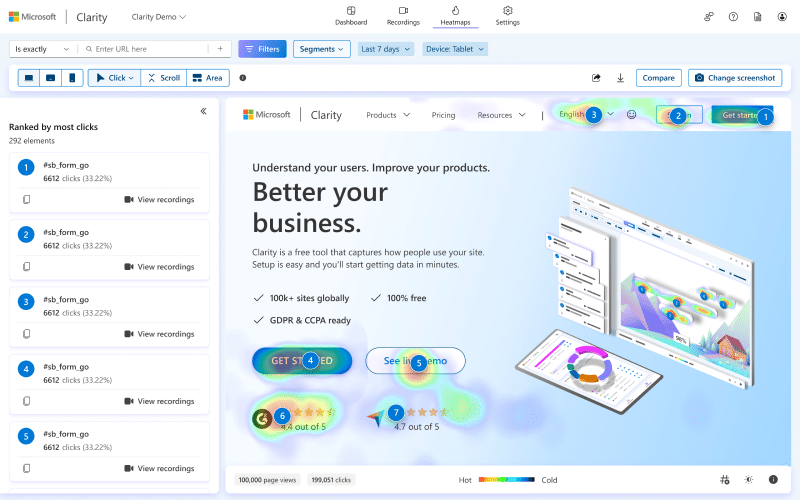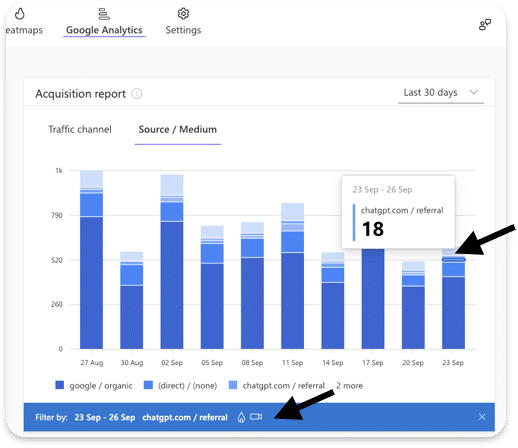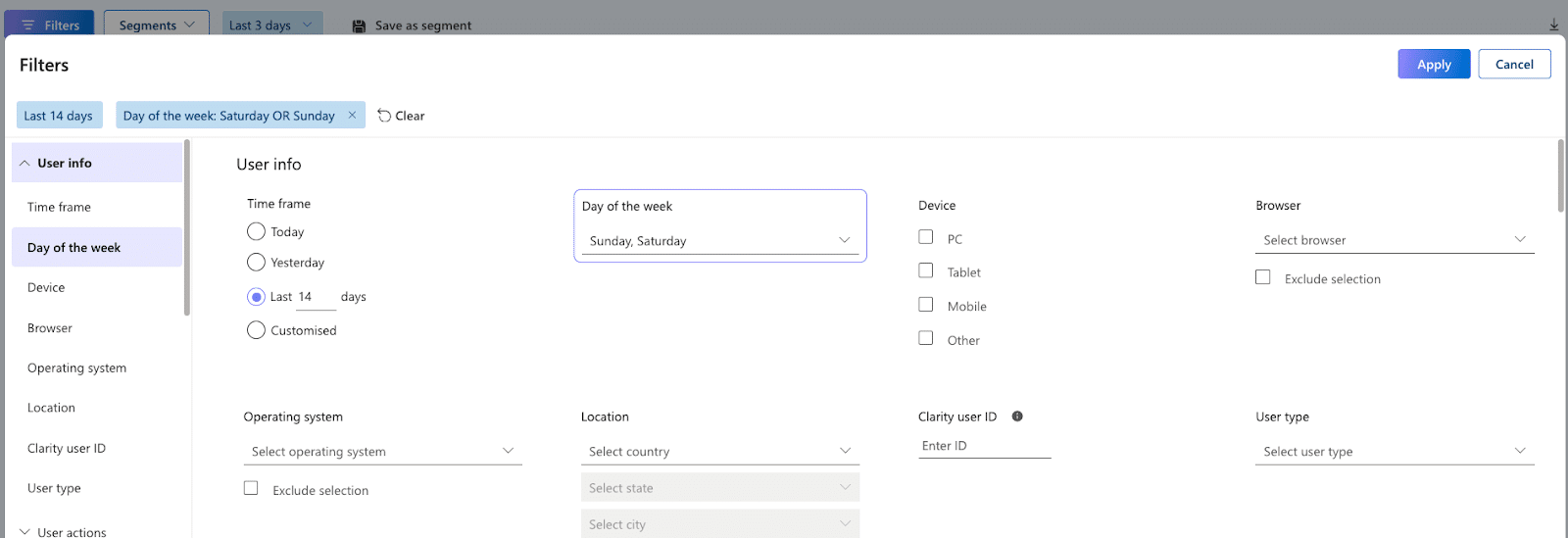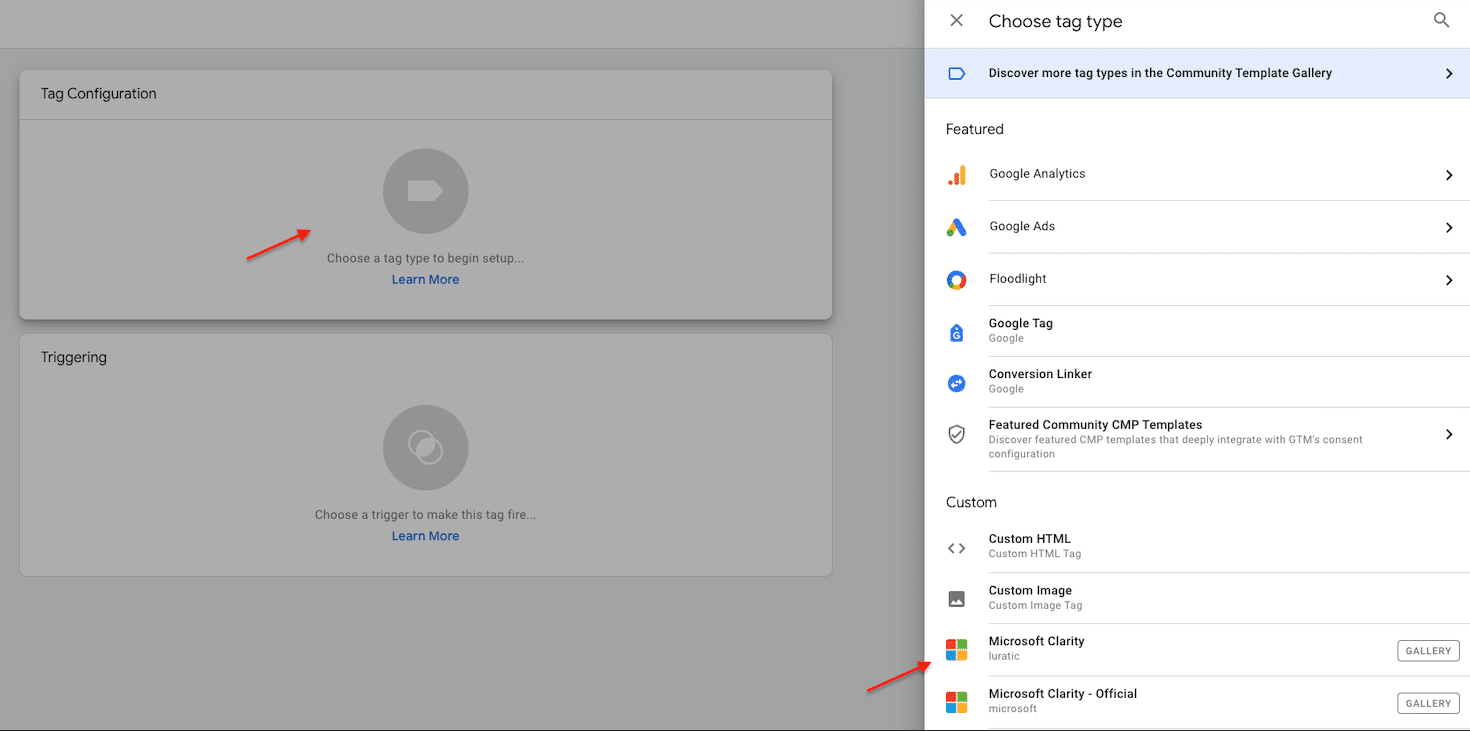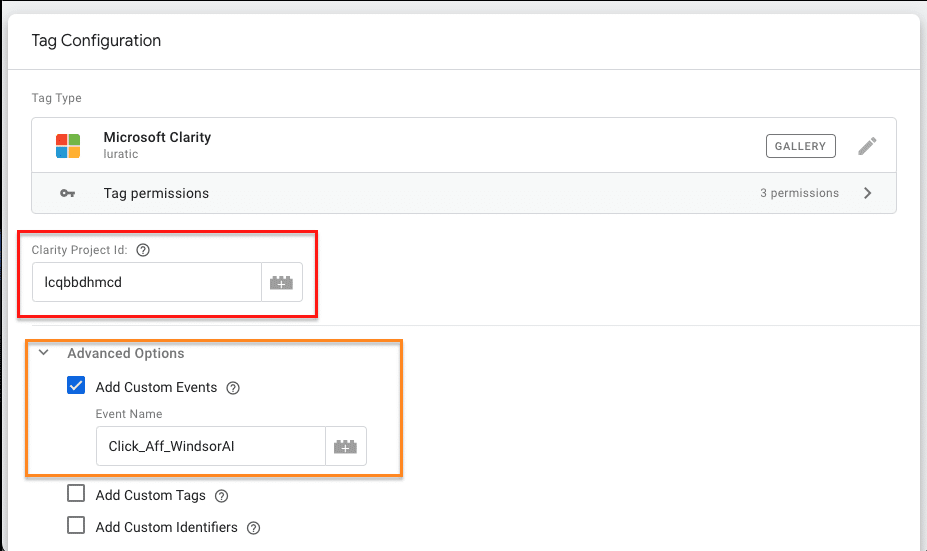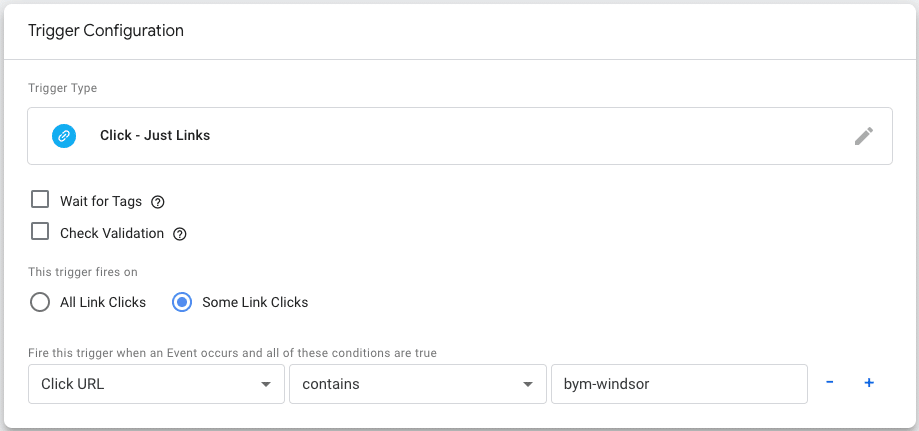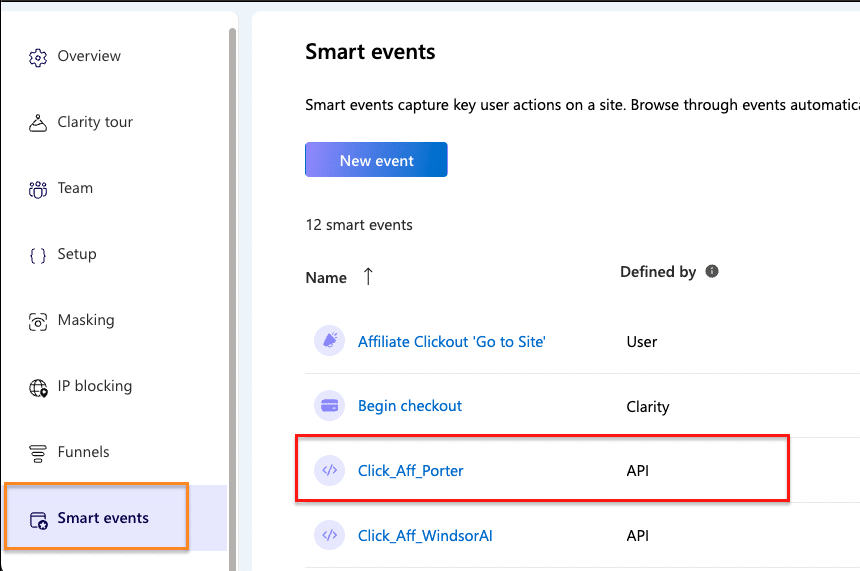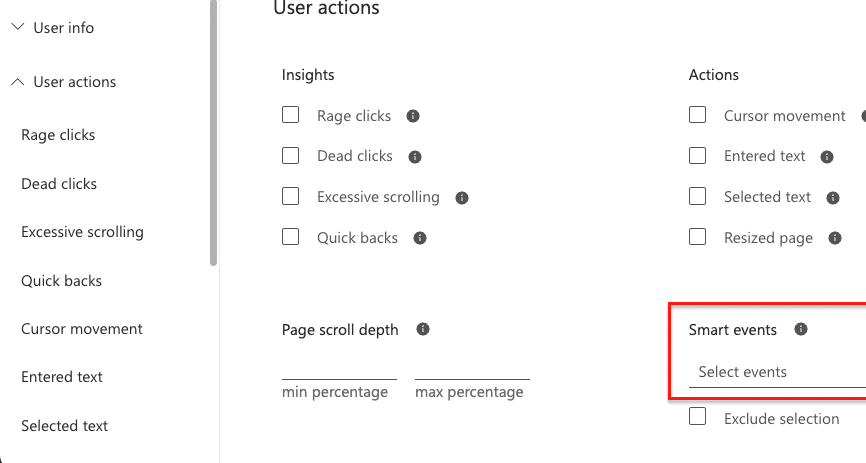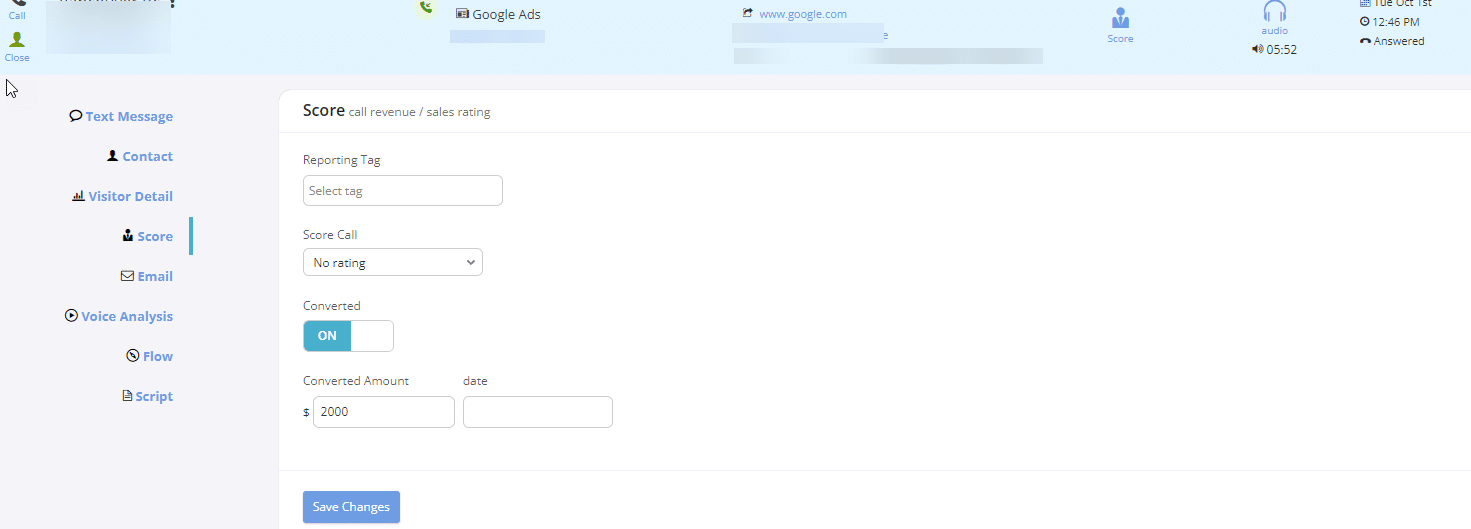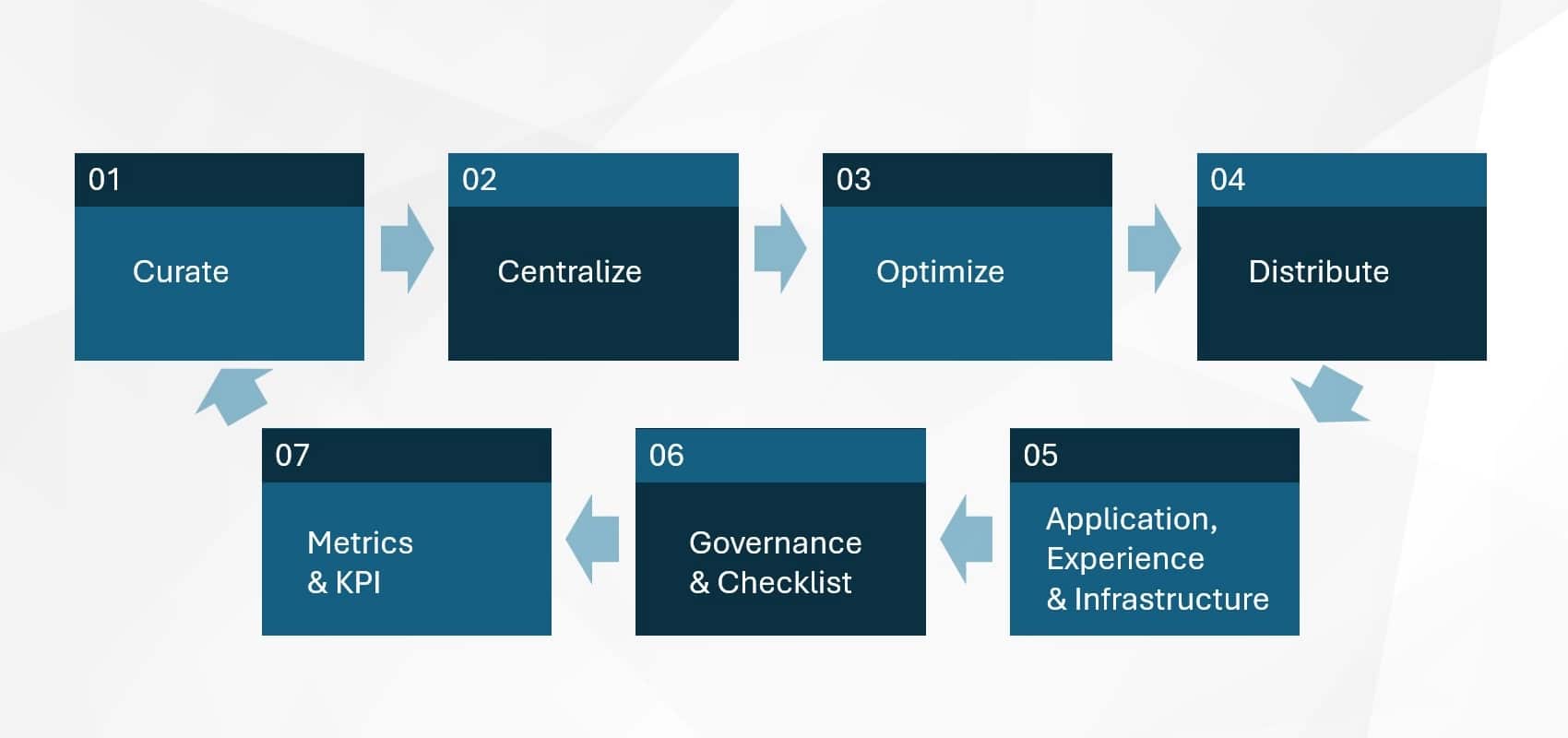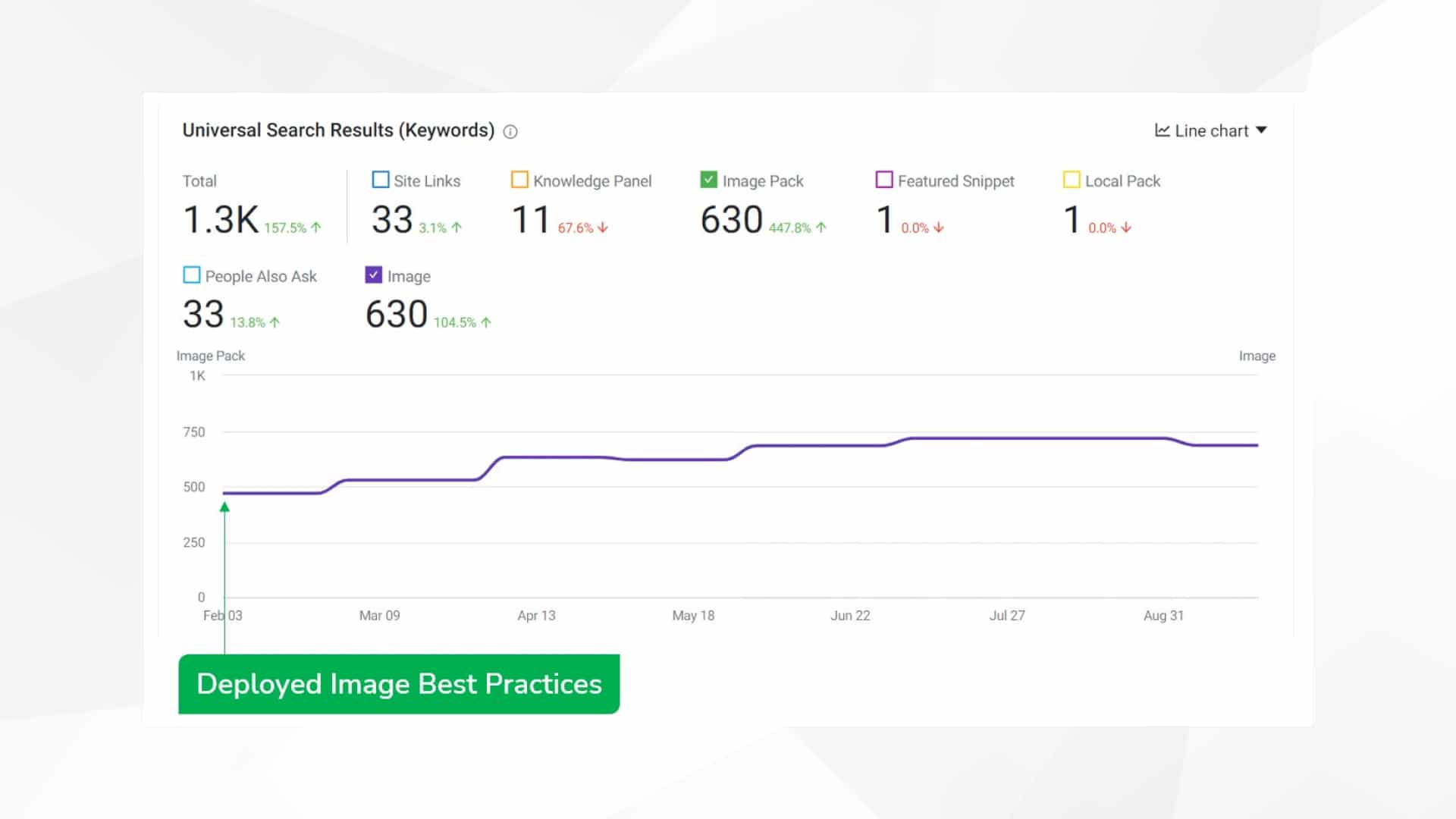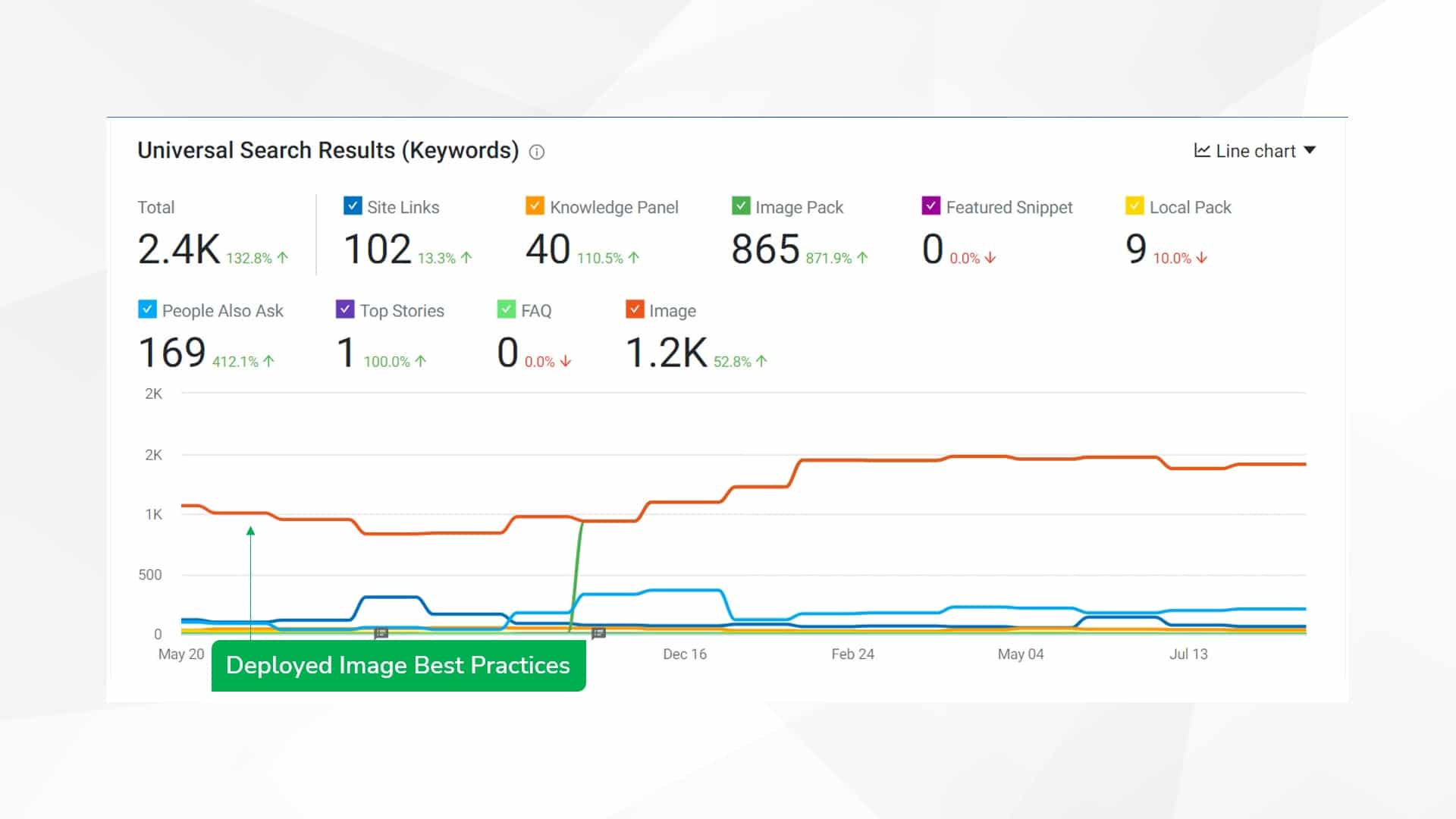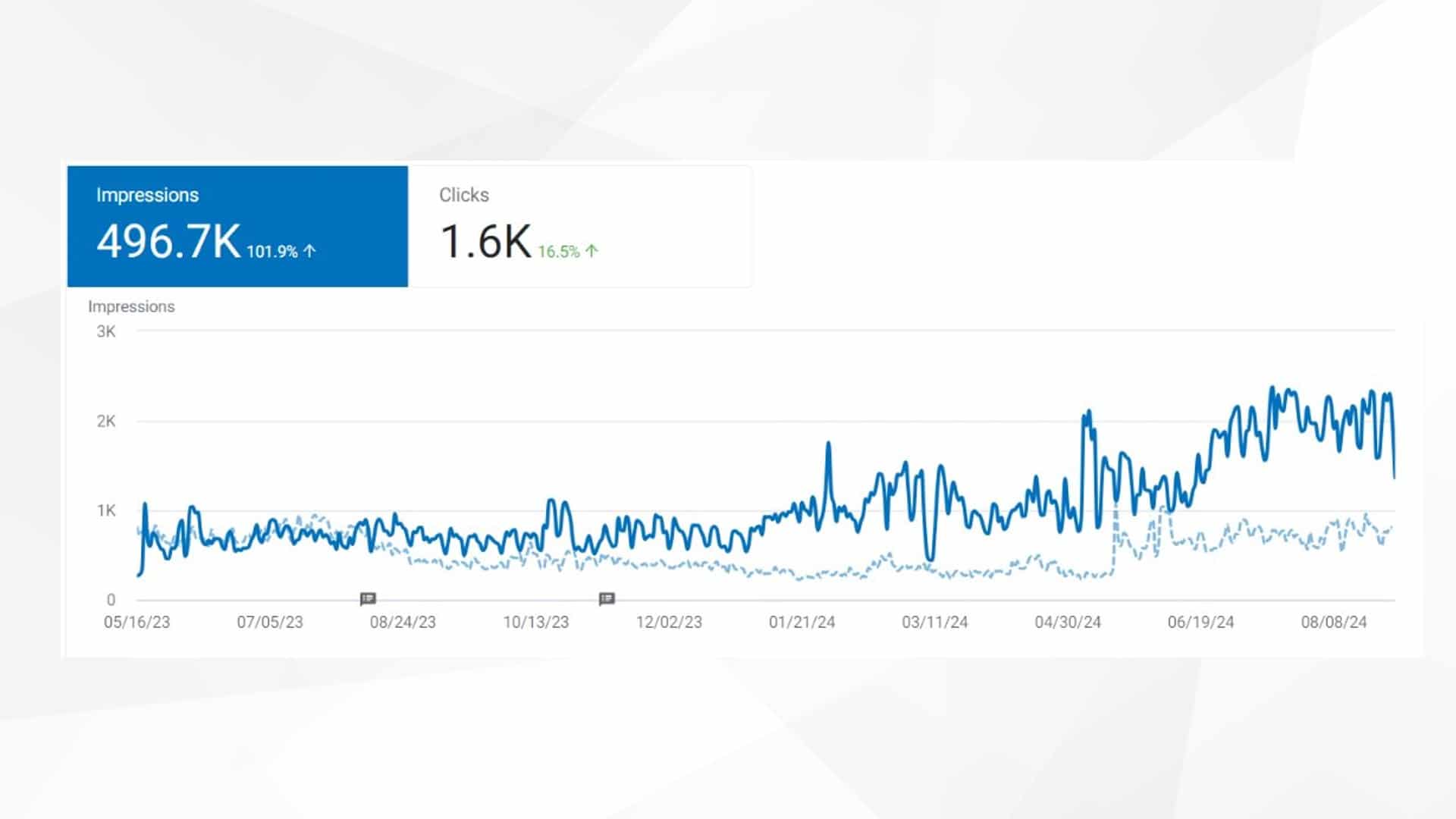Home services are constantly searched for online, making them both in high demand and high supply, driving CPC to higher numbers than ever before.
While PPC ads remain a powerful lead generation tool for home services, the landscape has become more expensive and complex.
Whether you work for an agency specializing in home services or handle marketing in-house, finding cost-effective strategies is crucial.
This article explores the most effective PPC ad strategies tailored for home services, ensuring you can maximize any budget and succeed in this competitive niche.
From campaign setup to targeting and optimization, you’ll find strategies to suit both short and long sales cycles, helping you generate quality leads and boost conversions.
Campaign strategy
The campaign strategy will depend on the length of the sales cycle.
For home services, there are:
- Short sales cycles with immediate services needed, such as plumbing repairs.
- Long sales cycles, such as remodeling services.
For short sales cycles
Most home services with short sales cycles will use search campaigns only, with rare exceptions.
In the case of repairs, there is usually an immediate need, so the sales cycle may be one day or less.
For example, someone may search “plumber near me” or “emergency AC repair service.”
The person is trying to quickly find a company for their immediate need, so a search campaign is the best option.
Search campaigns will account for most, if not all, of the budget for home services because people search online for the specific service they need at the time they need it, whether on Google, Bing, Yahoo, DuckDuckGo or other search engines.
For long sales cycles
Some home services, such as remodeling or pool builders, have a longer sales cycle than one day.
This allows you to test multiple campaign types at the same time to target different stages of the funnel, including:
Ongoing services like pest control, carpet cleaning or maid services may have either short or long sales cycles, as customers aren’t always in immediate need.
People often search for long-term providers without urgency. These services can benefit from both Search and other types of campaigns for targeting.
Display campaigns with longer sales cycles can target in-market, affinity, demographic, custom audiences and remarketing audiences.
For example, the display campaign could target:
- In-market (Pools and Spas or Affinity > Home Décor Enthusiasts or Demographics > Homeowner).
- Or a custom audience targeting users that recently visited a remodeling services website or recently searched for remodeling services.
Another option for display campaigns would be targeting ads on websites based on their content, such as topics, keywords and handpicked placements on relevant websites to home services.
Video campaigns have very similar targeting options to display campaigns.
You would test the same options but for views or conversions as the campaign goal rather than clicks or conversions chosen as the goal of display campaigns.
Google Ads also has a basic video maker built into the platform, or you can hire video creators for a range of budgets.
Getting started with video ads is much easier than it used to be.
Dig deeper: How to overcome the top 3 objections to YouTube video ads
Performance Max and Demand Gen campaigns cast a very wide net and use more automation signals, but don’t give nearly as much data and don’t have as much control.
If you have a large budget, it can be useful to experiment with one or two campaigns targeting all stages of the sales funnel or running them alongside other campaigns.
This approach is best for long sales cycles with high-cost services, like remodeling or custom home building, but not recommended for short sales cycles.
Bid strategy
For smaller budgets or new ad accounts with no conversion history, it may be best to test manual CPC bidding until the account builds up some conversion history.
This way you can turn your bids up and down slowly to monitor the effects on leads. Automated bidding works well when it has more conversion data.
For short sales cycles
The bidding will be for Max Conversions, possibly with a target CPA also in place.
The campaign goals will be the ones you set for phone calls and form fills – such as booked appointments.
This ensures the bidding strategy focuses on maximizing calls or online appointments, rather than just visits to the contact page or getting directions.
There are a lot of options for leads for home services, but PPC allows for another layer of quality control.
To remove bad leads, set a minimum call length inside Google Ads before they are counted as a conversion.
This will help the automation not count hangups or people calling for employment, for example. More information can be found here on Google’s official support page.
PPC call tracking software, such as Call Tracking Metrics or CallRail, has a similar feature, allowing minimum call lengths to be counted as conversions.
Connect your CRM to Google Analytics for second-level quality control for your leads for home services.
Then, set up another goal for calls that turn into booked appointments and import this goal into Google Ads, Microsoft Ads or even Facebook Ads as an offline conversion.
For example, suppose a call turns into an appointment. In that case, you can mark the call inside a home services CRM such as Workiz, ServiceTitan or Housecall Pro and then export that back to Google Analytics or even back to Call Tracking Metrics.
Most systems can mark a lead as a sale/appointment with a value attached to it.
You want to make sure that sale/appointment makes its way all the way back to Google Analytics, Google Ads, Microsoft Ads, Facebook Ads and other ad platforms to see which leads are turning into appointments.
This example from Call Tracking Metrics shows how you can mark a phone call as converted and even add a Converted/Sales amount.
For smaller companies, this can be done manually to review phone call quality or listen to call recordings if you don’t have the budget for the large CRMs.
Monitoring lead quality is critical for automated bidding, especially for home services.
Otherwise, PPC ad campaigns may continue to optimize for three-second phone calls as more and more come in from the ads.
For long sales cycles
The same approach would be taken, but you can also have campaigns with automated bidding with the goal of micro-conversions.
At the top of the funnel, people may not be ready to request a quote or book an appointment for a bathroom remodel, custom home builder or outdoor kitchen builder.
You should still track both conversions, but having more than one option can help bring in more leads.
This is where micro-conversions can help. You can track smaller steps people take, such as:
- Signing up for a newsletter.
- Watching a key video.
- Viewing a key page like Pricing.
- Requesting more information but not an appointment.
- Viewing design options or photo gallery.
- Or using a design simulator/layout preview tool on your website.
To keep CPCs and lead costs low, any sales cycle can use portfolio bidding, which lets you set both a target CPA and max CPC.
This is helpful for highly competitive keywords that can cost $100-$200 or more per click.
However, don’t set the tCPA and max CPC too low, as it may limit your volume or result in no impressions due to unrealistic targets.
Keywords strategy
For short sales cycles
You can bid on symptom searches or direct searches that are very specific. Options to bid on symptom keywords would include things like:
- “Kitchen sink leaking water”
- “AC blowing hot air”
- “Roof is leaking water in attic”
Direct, very specific searches would include things like:
- “Plumbing company near me”
- “AC repair company”
- “Painter near me”
- “Roofing company in Houston”
Direct searches usually have the highest CPC because everyone is bidding on them, and they are the most obvious.
Symptom searches may not have as high of a conversion rate. Also, the call/lead quality may be a mix of good and bad, but CPCs are usually much lower, resulting in a lower CPA or cost per lead.
Grouping different keywords by theme into relevant ad groups will also help reduce CPCs and increase conversion rates, lowering your cost per lead since the ads can be customized to the keyword.
This is much more effective than having one large ad group with many keywords showing the same generic ad that goes to the same generic services page.
Sometimes, a separate branded keywords campaign may be worth testing, depending on your specific service, if competitors are bidding on your brand name and if you advertise offline or on social media channels.
You may also consider bidding on competitors’ names as keywords, as phrase or broad match. This is very experimental and is typically done in a separate campaign.
Often, home services companies receive leads from people who accidentally called them and have no interest in changing companies.
You’ll want to monitor this separate competitor campaign closely. It may work, or you may block all competitor names as negative keywords account-wide.
I suggest multiple keyword strategies simultaneously if you have a higher budget to test.
This can be done by using:
- Broad match keywords for your direct terms, such as “painter services near me.”
- Or the symptom search keyword itself as broad match – which would match to related searches.
When used properly, broad match keywords can find many search terms with much lower CPCs.
You do have to watch them closely and frequently add negative keywords, but this tactic can help offset the high CPCs of phrase and exact match for direct terms like “plumbing company near me.”
Many ad agencies will prepare negative keyword lists in advance to avoid wasting clicks on search terms they already know are not relevant. Testing multiple match types at the same time is also acceptable.
Add a keyword column to your Search Terms report to see which keyword and match type triggered each search term. This helps identify new keyword opportunities and block unwanted ones.
You will also have to monitor your CRM closely (or tell your client to do so) to make sure you are getting high-quality leads that are turning into more jobs for you.
Otherwise, being creative with keywords and match types may result in a lot of leads that aren’t turning into jobs.
For long sales cycles
A combination of campaign types is available for longer sales cycles, but search will still play a major role.
Search campaigns can target:
- Direct keyword searches such as “bathroom remodeling services in Houston” or “contractor for kitchen remodel” at the bottom of the funnel.
- Top-of-the-funnel keywords like “bathroom remodeling ideas” or “average savings of energy efficient windows,” if your budget allows for it.
You can also add a separate branded keywords campaign. For larger budgets, longer sales cycles and companies that advise online and offline, a separate branded campaign is very valuable for all stages of the funnel in a longer sales cycle.
Also, you’ll want to ensure the ad copy and the landing page the ads go to are relevant to the stage of the funnel.
Suppose they are still in the early phases of research. In that case, the keyword, ad and landing page should match ideas for remodeling, videos, examples or galleries, not necessarily “Get a quote now.”
Ads strategy
For short sales cycles
You’ll want to emphasize urgency with phrases like “same day service available” or “24/7 emergency services.”
With these ads, you also have to convince them to contact you instead of competitors.
This is done in the ad and landing page by highlighting your reviews and mentioning things like:
- Licensed.
- Bonded.
- Insured.
- Top-rated.
- Coupons.
- Discounts.
- Years in business.
- A+ Better Business Bureau rating.
- Etc.
The goal is for the person to search, click your ad and then call you or book an appointment online as soon as possible. This makes for a few-minute sales cycle.
Also, for any length of sales cycle, add as many relevant ad assets as possible. The most commonly used include:
- Sitelinks.
- Callouts.
- Calls.
- Locations.
- Images.
- Business logos.
- Structured snippets.
- Lead forms.
- Prices.
- Promotions.
These allow your ad to take up more space on the page and give users more ways to contact you.
Dig deeper: 6 tips for better PPC ad copy
Long sales cycles
In your ads, speak to different stages of the funnel, matching with keyword searched or targeting strategy with other campaign types.
The specific ad copy will depend on where they are in the funnel, they may not want to get a quote just yet but want to remodel the bathroom soon.
The ad suggesting to “View a gallery of designs” would speak to them better.
Here are examples of different ad copy for different stages of the funnel:
- “Looking for New Bathroom designs? Browse Our Gallery.”
- “Get a Quote on Bathroom Remodeling Now.”
- “Make Your Home More Energy Efficient with Triple Pane Windows.”
This message can be through a responsive search ad, responsive display ad or video ad. The core message would be the same, even in different ad formats.
The ad copy should match the stage of the funnel, and the landing page should also bring them to a relevant page based on the funnel stage.
Using proven landing page templates to jumpstart a new ad campaign with a pre-tested layout and design can be very effective in offsetting high CPL.
Testing a landing page vs. a website page is a common practice to see which brings in the most leads.
Other options for home service leads and phone calls
Google also offers LSAs (local service ads), and Microsoft Ads has a similar ad format called PSAs (professional service ads).
These campaign types have mostly automated targeting with very few optimization features.
A good option for small businesses or even agencies to test a different lead strategy for home services, but they don’t have a lot of options to optimize if you aren’t getting the results you want.
Most home services with short sales cycles will run these alongside Search campaigns to see which performs better.
from Search Engine Land https://ift.tt/eYEq7fT
via
IFTTT

